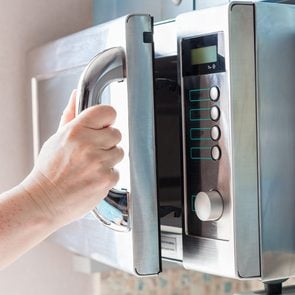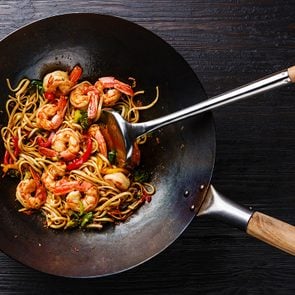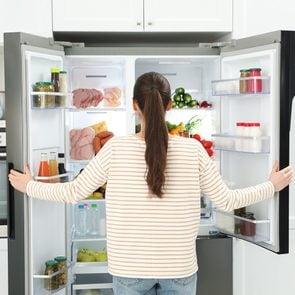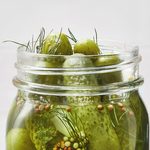Here’s How Long You Can Really Freeze Food
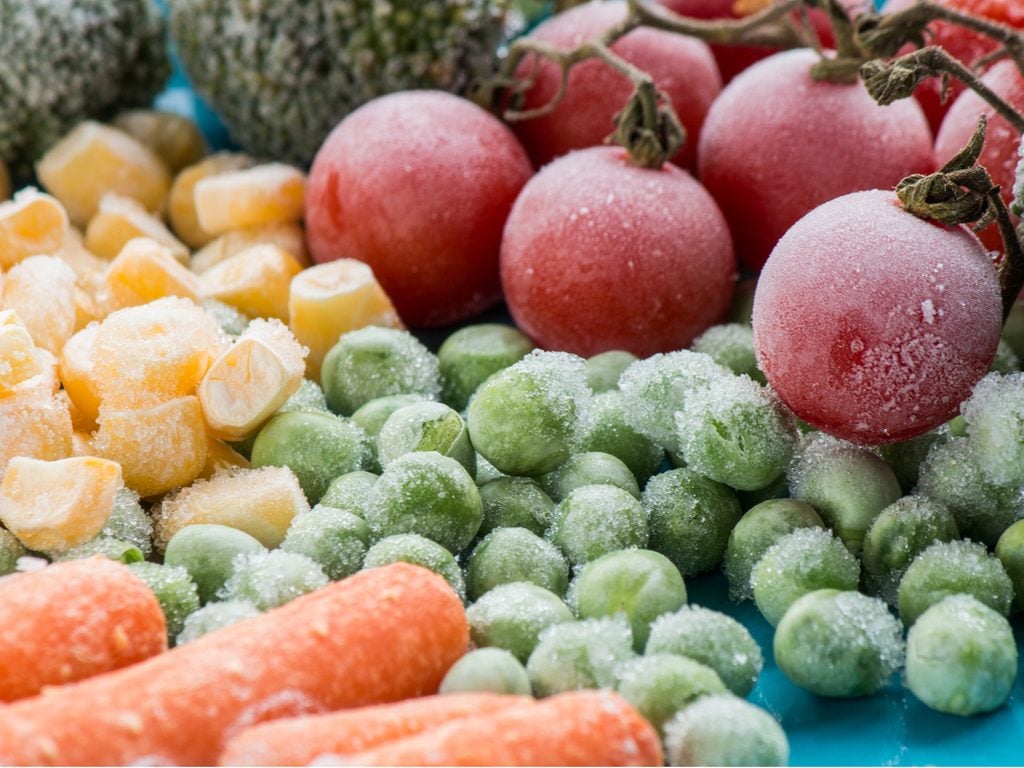
Freezing food doesn't have to be a mystery. Our handy chart—plus freezing and thawing tips—will have you stockpiling like a pro in no time.
How to freeze food properly
Most busy home cooks love the idea of make-ahead freezer meals, but some of us are too nervous to try the genius “meal prep technique.” Are you steering clear because you’re worried about causing freezer burn, thawing food safely or having to eat a mushy freezer meal? Well, you don’t have to be concerned about any of that! We’re here to debunk the myths and give you some guidance to make freezing food super easy.
Food |
# of Months |
|---|---|
| Casseroles | 2-3 |
| Soups & Stews | 2-3 |
| Uncooked Bacon | 1 |
| Uncooked Steak | 6-12 |
| Uncooked Pork Chops | 4-6 |
| Ground Beef | 4 |
| Cooked Chicken Pieces | 4 |
| Uncooked Chicken Pieces | 9 |
| Whole chicken or Turkey | 12 |
| Cooked Fish | 4-6 |
| Cooked Shrimp | 3 |
| Ice Cream | 2 |
| Cheese, Hard or Soft | 6 |
| Butter | 6-9 |
| Frozen Veggies | 8 |
| Baked Pie | 1-2 |
| Cheesecake | 2-3 |
| Baked Quick Bread | 2-3 |
| Yeast Bread or Rolls | 3-6 |
| Baked Cookies | 8-12 |
What to know before you freeze anything
Freezing food successfully is a cinch when you follow these tricks. You’ll never have to worry about freezer burn or clumpy foods again.
- Use a thermometer to monitor your freezer. For optimum quality, it should be approximately -18 C. (Use this guide to set your freezer to the right temperature.)
- Cool food quickly and evenly before freezing.
- If you’re not sure that something will freeze well, try a small amount first. After it’s thawed and reheated, decide if the quality is up to your standards.
- Season sparingly before freezing and add more later if necessary. Spices change flavour during freezer storage.
- Keep the freezer two-thirds full for energy efficiency.
- Leave some space around each package so air can circulate.
- Manage the quantities so whatever is placed in the freezer is frozen solid within 24 hours. Adding a lot of food at once will increase freezing time.
- Store nuts, flour and juice in the door because it’s frequently opened. Save the colder parts of the freezer for other foods.
- Freeze fruits and vegetables at the peak of flavour.
- Use caution when freezing soups since you can’t freeze just any kind.
Make sure you’re thawing food safely
Want to take something out of the freezer? We have tricks for defrosting, too. There are three safe methods of thawing frozen food. Here’s the scoop.
- Refrigerator: Defrosting in the refrigerator is the safest and most fuss-free method, but it’s also the slowest, so plan ahead. Smaller items like a pound of ground beef defrost overnight. Most items take a day or two. For small beef and pork roasts, allow three to five hours per pound of meat; for larger cuts, allow five to seven hours. A whole turkey will take 24 hours for every four to five pounds of weight.
- Cold water: This type of defrosting requires less time than the refrigerator but more attention. Place food in a watertight plastic storage bag; place bag in cold water. Change water every 30 minutes until food is thawed.
- Microwave: Defrosting in the microwave is suitable for last-minute thawing of small items. Unwrap the food and place it in a microwave-safe dish. Cook the food immediately after defrosting.
Next, find out the best way to organize your fridge to keep your food safe and fresh.
